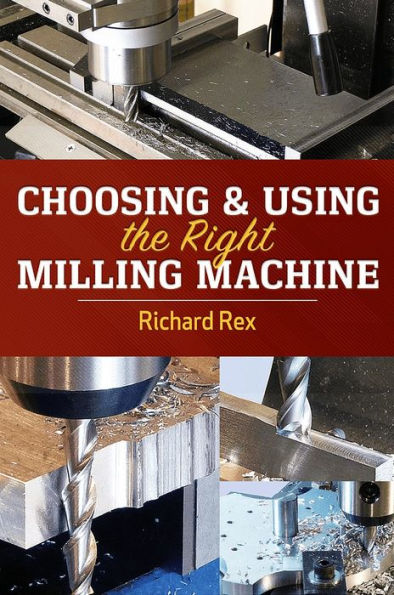5
1

Choosing & Using the Right Milling Machine
304
Choosing & Using the Right Milling Machine
304
54.95
In Stock

Product Details
| ISBN-13: | 9780831136840 |
|---|---|
| Publisher: | Industrial Press, Inc. |
| Publication date: | 09/22/2022 |
| Pages: | 304 |
| Sales rank: | 960,538 |
| Product dimensions: | 6.00(w) x 9.00(h) x 1.00(d) |
| Age Range: | 18 Years |
About the Author
From the B&N Reads Blog
